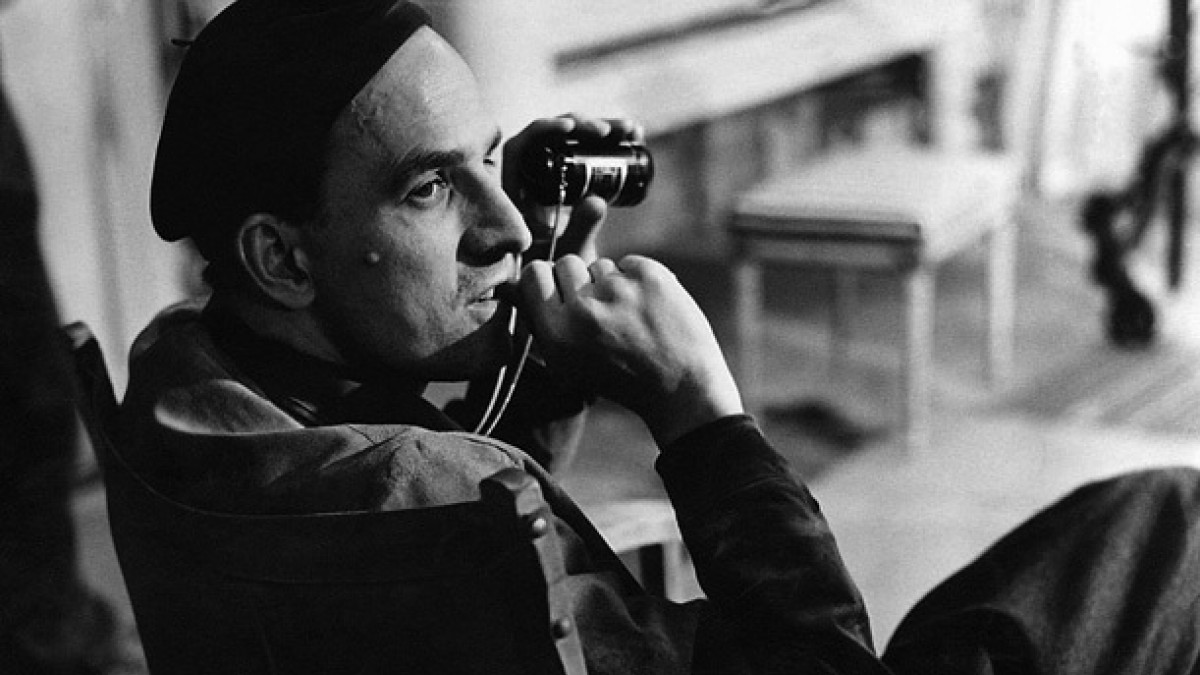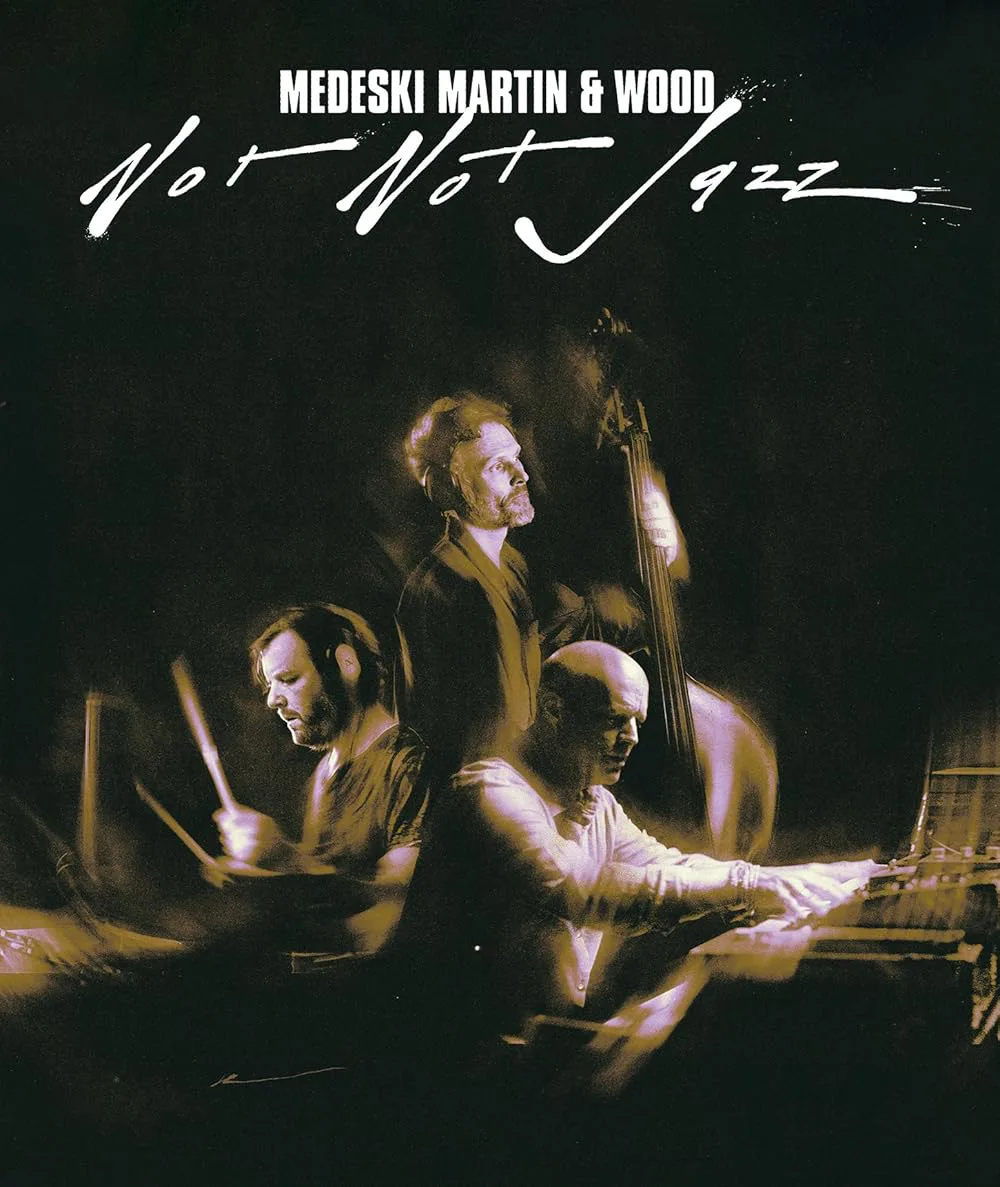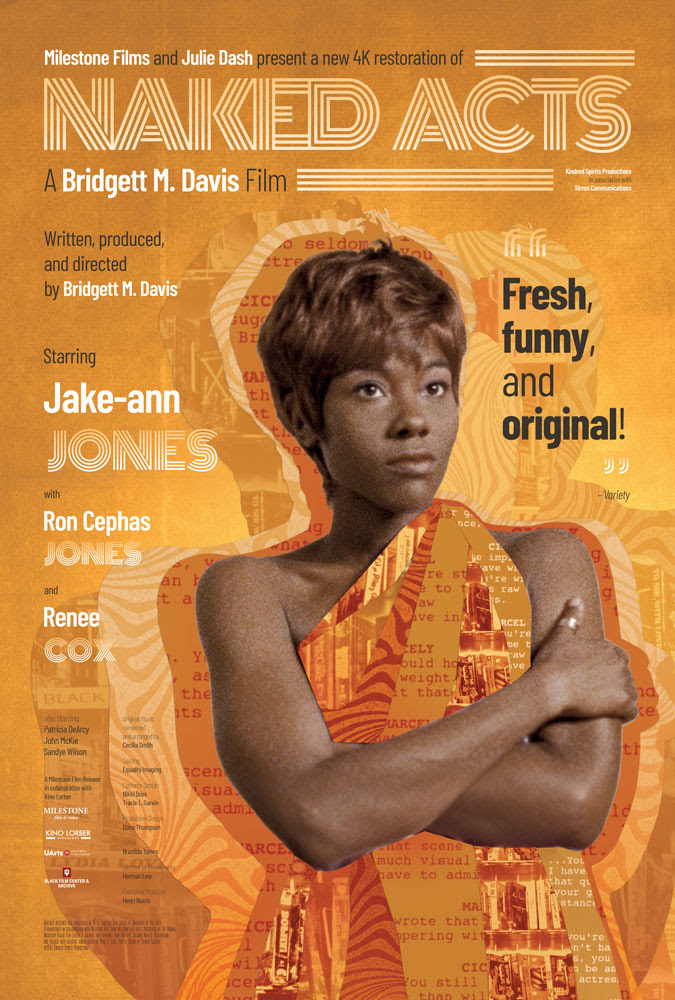It begins with a high overhead establishment shot of a community in postwar Sweden. The narrator sets the serene tone: "This is such a small town. I wouldn't call this a great or harrowing tale. It is really just an everyday drama. Almost a comedy."
The 1946 movie, "Crisis" (pictured below) marked the directing debut of 28-year-old Ingmar Bergman. It was not, like "Citizen Kane," or "Breathless," a first feature that signified a dynamic new talent behind the camera. The artistic authority existed in a much different register. In retrospect we are just now coming to fully understand the depth and full meaning. The movie launched one of the most significant and polarizing careers in the history of the cinema.
From the moment of his first film until his death, on July 30th, 2007, at the age of 89, Bergman was a towering cultural figure in film, theater, literature and film criticism. From 1946-1982, Bergman directed more than 40 films, the lynchpin of his artistic legacy. It is a body of work at once austere, beautiful, tactile, allusive and deeply generous.
He would have turned 100 on Saturday, July 14th. How do you begin to even fully process or critically assimilate so many films? Bergman's critical reputation has always been volatile and fluid. There has never been a time when it does not seem essential or important to think about the man or discuss his films. The centennial of Bergman's birth has reinvigorated the discourse.

The legendary art-house distributor Janus Films is currently presenting the national traveling retrospective, "Ingmar Bergman's Cinema: A Centennial," through October. FilmStruck, the essential streaming platform of Criterion and Turner Classic Movies, is showcasing the collection, "Director of the Century," made up of 29 Bergman features, including the extended, multipart television versions of "Scenes from a Marriage" and "Fanny and Alexander."
On November 20th, Criterion is issuing a 39-film boxed set, also called "Ingmar Bergman's Cinema," that features new digital restorations of many of the keys works and a wealth of extraordinary supplemental materials and a 248-page book.
In a remarkable essay published in the current issue of Film Comment, contemporary French master Olivier Assayas writes: "You could ask what Bergman's work has to tell us today, but you could just as well reverse the question and ask what our relationship to his films says about us."
Robert Bresson's "Diary of a Country Priest" is the dominant influence on Paul Schrader's "First Reformed," arguably the director's greatest achievement. Bergman's "Winter Light" is another essential reference on the film, and it testifies to his impact that Bergman marked the careers of so many critics turned filmmakers like Assayas, Schrader, Francois Truffaut and Jean-Luc Godard.
"It's ironic to realize that Bergman's finest work is precisely involved in bringing out the dormant genius in each of the actresses he's chosen to work with—Maj-Britt Nilsson, Harriet Andersson, Eva Dahlbeck, Gunnel Lindblom, Ingrid Thulin, Bibi Andersson, Liv Ullmann," Truffaut wrote in a 1973 essay. "They are not kittens or dolls but real women. Bergman films them as they look out at the world, their gazes increasingly intense with toughness and suffering. The results are wonderful movies that, like Renoir's, are as simple as saying hello. However, is saying hello so very simple?"
He touched all sides. Bergman came to film from theater. Bergman's 1942 play, "The Death of Punch," secured his entrée into the Svensk Filmindustri as a young scriptwriter. At SF, he developed under the tutelage of the two greatest figures of Swedish cinema: Victor Sjöström and Alf Sjöberg. Many of the early works are hybrid pieces that play off the expressive and formal differences of theater and film.

Bergman cannily synthesized, calibrated and usurped the dominant film movements for his own purposes: the French poetic realism of Jean Renoir, the play of memory and time from Max Ophuls and the speed and rhythm of Alfred Hitchcock. The great cinematographer Gunnar Fischer began his professional collaboration with Bergman on "To Joy," in 1948 and he brought a sharper and more precise visual fluency to the material that fused perfectly with Bergman's skill with language, ideas and his work with actors. The peerless Sven Nykvist started working with Bergman on "Sawdust and Tinsel," in 1953, the start of the most celebrated director and cinematographer collaboration in history.
The release of three successive titles: "Smiles of a Summer Night" (1955), "The Seventh Seal" (1957) and "Wild Strawberries" (1957) made his international reputation. He became an avatar, the director as superstar. Assayas writes: "One could even add that Bergman has the privilege—or the curse—of having crystallized in the collective imagination as an archetype of the filmmaker: introspective, chatty, misanthropic, and also a kind of Bluebeard who left little space between life and art in his relationship with his actresses."
The rise of Janus Films—founded in Boston in 1956—is inseparable from that of Bergman. The beauty of the retrospective and the Film Struck series is the circling back in gaining new appreciation and understanding of the director's artistic progression.
"Summer Interlude" (1951) is a breakthrough work with a brilliant, tormented performance by Maj-Britt Nilsson as a ballet dancer haunted by the memory of her youthful affair with a young student (Birger Malmsten). Bergman's use of ellipsis and time is beautiful to behold, and the erotic charge between the two young lovers is palpable and enthralling.
The sexual frankness is what gave Bergman's work its early cache. He explicitly acknowledges as much in the follow-up film, "Waiting Women" (also known as "Secrets of Women"), from 1952. The framing device, a group of sisters-in-law recounting episodes from their past, is awkwardly shaped over the material, pointing out a structural weakness in Bergman that reflected a mechanical construction.
The second episode, again featuring Maj-Britt Nilsson, is extraordinary, composed of a flashback within a flashback, of a woman about to give birth who recalls her romantic travails in Paris. It's not just the abundant nudity during a French cabaret sequence that feels shocking. Nilsson is pursued simultaneously by an American serviceman and more furtively by a Swedish painter. She offends the American by taking part in a risqué moment on stage that wins her a bottle of champagne.

The champagne bottle ends up being an emblem of her sexual assertiveness but freedom as she uses it to extricate herself from the bonds of the judgmental American. In the final sequence, Eva Dahlberg achieves a lyrical lasciviousness as a wife of an industrialist. Trapped in a stalled elevator with her husband, she turns the tables that is absolutely riveting.
The French New Wave undercut Bergman's influence. The critical backlash followed. "If a movie director isn't going to provide a joke or two and some dancing girls, if he's going to be serious, then he'd better have something interesting to say," Pauline Kael wrote in 1968. "If, despite erratic brilliance, I was fed up with Bergman, it was because the pall of profundity that hung over his work and so many people had come to think that that pall was art."
With the possible exception of Godard, is there any other filmmaker who has engendered so much remarkable writing about film as Bergman? "There is no happy ending," Susan Sontag wrote in her landmark 1967 essay on "Persona."
"At the close of the film, mask and person, speech and silence, actor and ‘soul' remain divided—however parasitically, even vampiristically, they are shown to be intertwined."
In the end, wherever you stand on Bergman, believer, agnostic or somewhere in between, that intertwining has never felt so relevant or meaningful.












